How should the animation industry optimize its approach to the massive underage demographic? Amid globalization,
how can Chinese children's animation segment the market
and enhance competitiveness?
For children's films,
what can AI do?
How should it be applied?
What should be avoided?
What should be encouraged?
What requires caution?
How can children's films deliver safety education effectively…
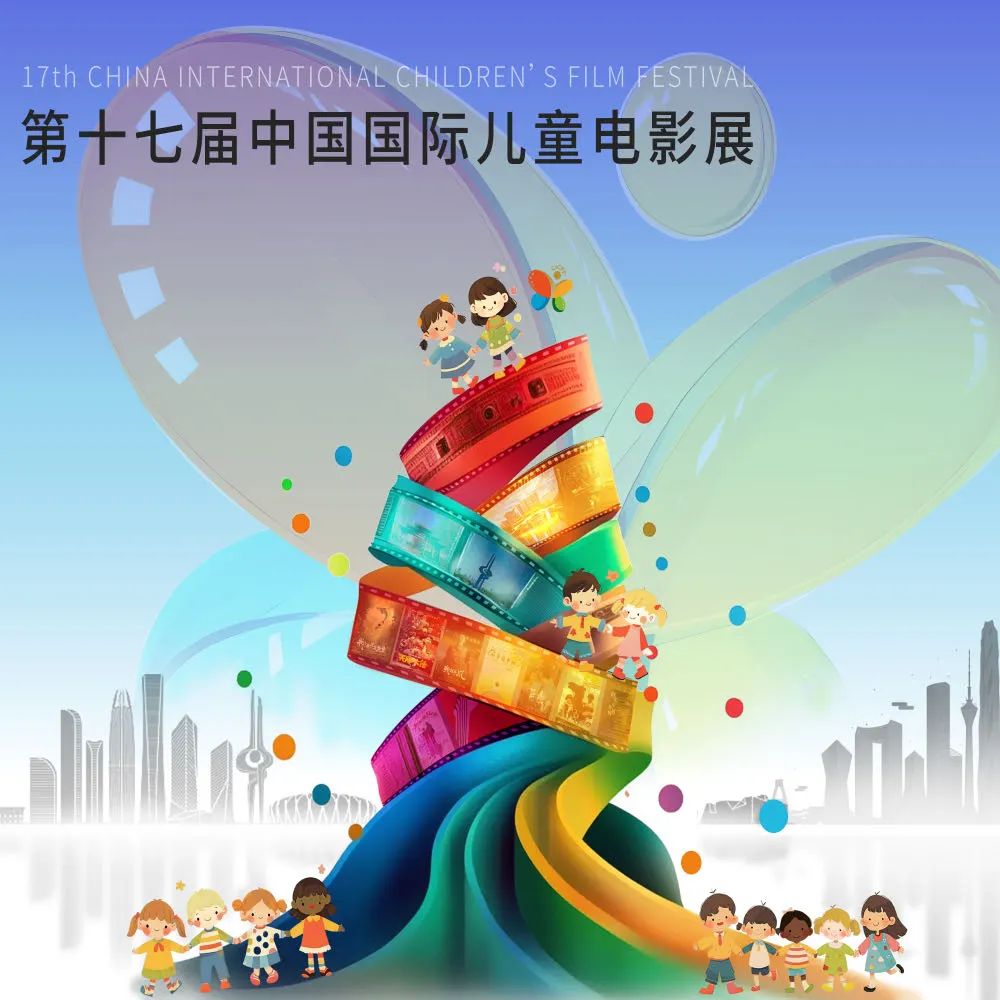
From October 22 to 23, 2024, during the 17th China International Children's Film Festival, renowned international and domestic experts and scholars in children's film and television gathered at Jinan Time Art City to participate in the thematic forums on "New Quality Productive Forces Development and Children's Film Education". The forum was held to thoroughly implement the guiding principles of the Third Plenary Session of the 20th CPC Central Committee, respond to the new requirements of comprehensive educational reform, follow the spirit of the National Education Conference, and implement the 2018 Guidelines on Strengthening Film Education in Primary and Secondary Schools issued by the Ministry of Education and the Publicity Department of the CPC Central Committee. The event featured three panel discussions: "Optimizing the Animation Industry for Children", "Innovative Development of Children's Films in the Age of Artificial Intelligence" and "Children's Films and Safety Education". Through in-depth discussions and exchanges, the forum provided valuable suggestions for enhancing the innovative vitality of Chinese children's films and advancing film and television education, while collectively exploring new development pathways for the children's film industry.

Huang Jun, President of the China Children's Film Association, delivered a speech at the forum. He emphasized that academic forums have always been an integral component of the China International Children's Film Festival, serving as a hallmark of the event's scholarly essence. Children's films are not merely entertainment products for young audiences, but also an effective means of aesthetic education. Children’s filmmakers bear the responsibility to consistently develop films that serve as spiritually uplifting products with positive guiding influence for children. Through emotional appeal, these works should awaken children's innate capacity for joy and perception, enabling them to receive aesthetic cultivation and cognitive development while experiencing pleasure.
Forum I: Optimizing the Animation Industry for Children

The opening forum was chaired by Zheng Hu, President of the Children's Film Committee of China Film Association and researcher at China Animation Institute. Six experts and scholars from China's animation industry delivered keynote speeches on "Optimizing the Animation Industry for Young Audiences".

Beijing Film Academy Animation School Dean and doctoral supervisor Li Jianping, director of the China-Spain co-produced animated film Dragon Keeper, vividly explained the creative process of the Chinese wyvern in the film and the cultural differences encountered during the Sino-Spanish collaboration. As the first animated feature with Sino-foreign co-directors involved throughout all phases: pre-production, production, and post-production, Dragon Keeper spent its entire six-year creation process navigating cultural understanding, communication, debates, and ultimately consensus-building regarding Chinese cultural elements. Li Jianping shared how he drew cultural essence from classic children's favorites like The Monkey King, Prince Nezha's Triumph Against Dragon King, The Adventures of Little Carp and Nezha:Birth of the Demon Child to infuse international appeal while preserving authentic Chinese cultural foundations. His team dedicated exhaustive efforts to present young audiences with an animated dragon deeply rooted in China's cultural heritage.
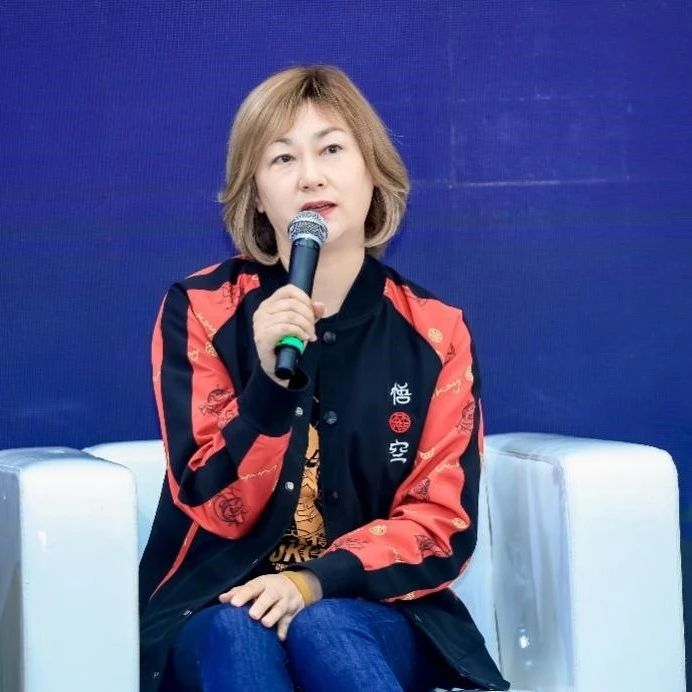
Shanghai Animation Film Studio Artistic Director Su Da, an veteran animation director, presented "Young Audiences, Vast Worlds: How Shanghai Animation Film Studio Crafts Child-Focused Animations", sharing the studio's creative legacy since its founding. She articulated how Chinese animation's distinct aesthetic and humanistic value stem from China's profound traditional culture and diverse folk heritage. Guided by the principle of "cultural rootedness, artistic beauty, purposeful creation, and spiritual essence", the studio consistently mines classical literature, myths, and idioms to produce animations embodying Chinese artistic traditions. Su Da shared the creative philosophies behind classic works including the ink-painting masterpiece Baby Tadpoles Look for Their Mother, paper-cut animations Zhu Baijie Chi Xigua and Hulu Brothers, puppet film The Story of Afanti, and 2D classics including San ge heshang, The Snow Child, Mr Black and Zi Gu Ying Xiong Chu Shao Nian, and the 3D animation The Monkey King 3D. She stressed that creating children's animation requires immersing into their worldview, addressing their psychological needs, and innovatively blending cutting-edge interactive arts, digital gaming, and VR technologies with traditional cultural elements.
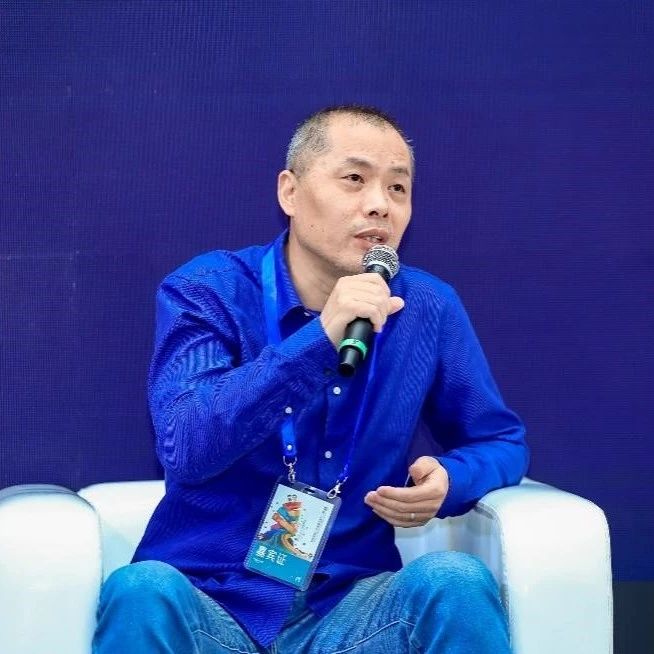
Liu Fengyu, Director of the Creative Department II at CCTV Animation Group, shared insights on the creation of the "New Big Head Son" series of parent-child animated films. Focusing on three key aspects—"the evolution of the Big Head IP," "the growth of the audience," and "the development of the creative team" — he outlined the creative journey of Big Head Son and Small Head Father from 1995 to 2024. He emphasized that character design, the shared growth of father-son bonds, and the portrayal of a close, enduring paternal relationship are the core reasons behind the long-standing popularity of Big Head Son and Small Head Father. Addressing the evolving audience demographics, the creative team delved into the typical challenges faced by parents across different generations. Through intergenerational audience analysis, post-screening interviews, and premiere interactions, they aimed to foster stronger connections between parents and children, enabling them to resonate deeply with the films.
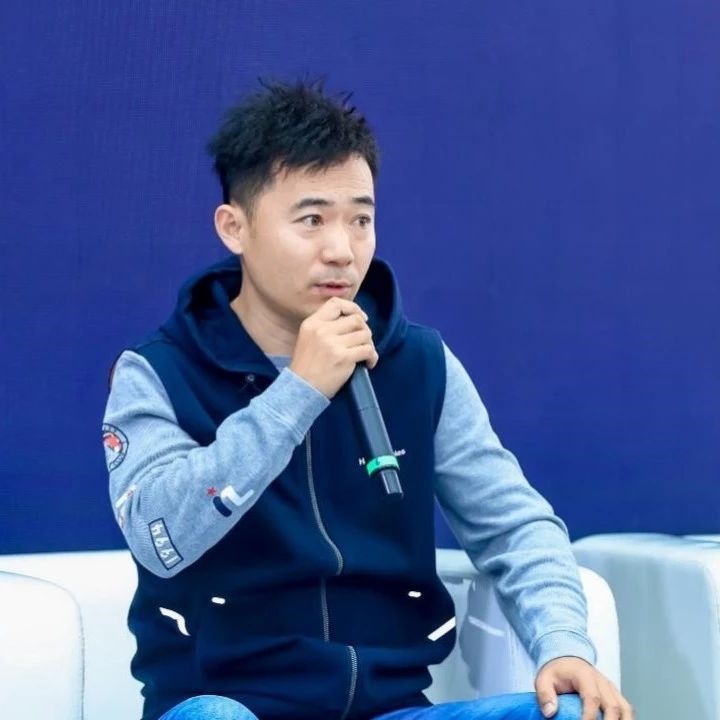
Yang Lihe, Assistant General Manager of China Film Animation and producer of animated films, delivered a keynote speech titled "Chinese Aesthetics in Animated Films and Their Global Presentation." He shared insights on the key factors for the international dissemination of animated films, emphasizing that animation works should strengthen political awareness, innovation consciousness, and external publicity awareness. Additionally, he highlighted the need to enhance the communication power, guiding influence, and impact of animated products, ensuring the global presentation of Chinese aesthetics and the contemporary expression of Chinese stories.
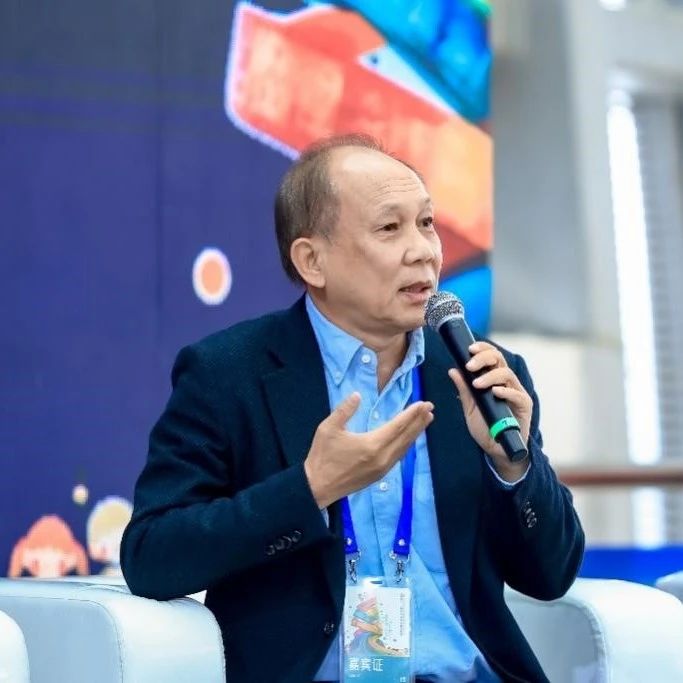
The CEO of Unicorn (Guangdong) Animation & Culture Co., Ltd., Hu Yong—one of the founders of Auldey Animation & Toy (now Alpha Group)—shared the origins of Unicorn and his entrepreneurial journey in the animation industry. From a cultural growth perspective, he outlined the company’s decade-long development and shared insights on industrial considerations in animation production. He emphasized that content creation, industrial planning, and product design must be launched simultaneously, with an industrial mindset integrated throughout the entire animation production process. When selecting industrial partners, priority should be given to their "innovation capability" and "growth potential in their specialized fields." Content creation and industrial development share a symbiotic relationship, requiring mutual understanding and collaboration while respecting differences.
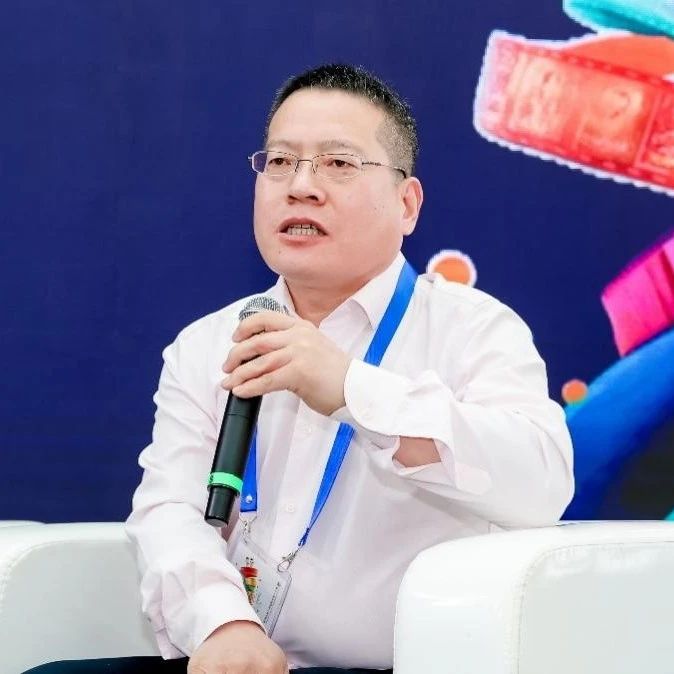
Zhang Qizhong, Associate Professor at the School of Animation and Digital Arts, Communication University of China, delivered a speech titled "The Characteristics of Animation and the Artistic Expression of Family-Friendly Animation from the Perspective of Childhood Philosophy." He shared that the intrinsic nature of animation should align with the universal traits of children's literature, emphasizing that children’s intelligent insights constitute the very essence of childhood philosophy and the driving force behind its evolution—serving as the foundational path for animation. Domestic Chinese animations often lack the inherent "childlike quality" rooted in childhood philosophy, resulting in works that are either overly simplistic or adultified, thereby lacking the literary quality characteristic of children's literature. Creating animations tailored for minors and elevating animation quality are ultimately the same challenge—different routes to one destination.
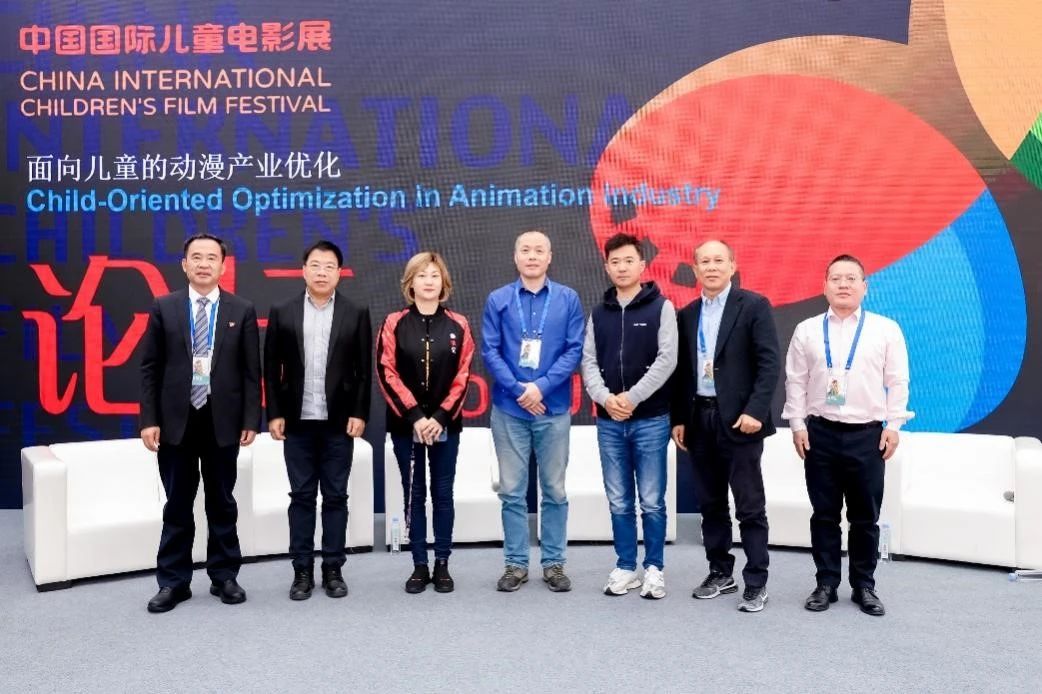
Following the keynote speech, six panelists engaged in live discussions with the audience. In his concluding remarks, Zheng Hu emphasized that Chinese animation filmmakers should contribute to developing new quality productive forces for the industry in the new era. While domestic animated films are achieving broader market success across all age groups, he stressed the importance of not neglecting the creation of high-quality works for China's 250 million children—films that integrate ideological depth, artistic merit, and entertainment value. He highlighted key priorities: content excellence, IP development, and building a robust animation industry chain to enhance quality and efficiency. This approach aims to drive consumption in the massive derivative products market, ensuring "brain-boosting, growth-supporting, safe, and eco-friendly" offerings for hundreds of millions of children. Zheng encouraged children's animation professionals to collaborate toward these goals and expressed his wishes for the continued growth of China's child-oriented animation industry.
Forum II: Innovative Development of Children's Films in the Age of Artificial Intelligence
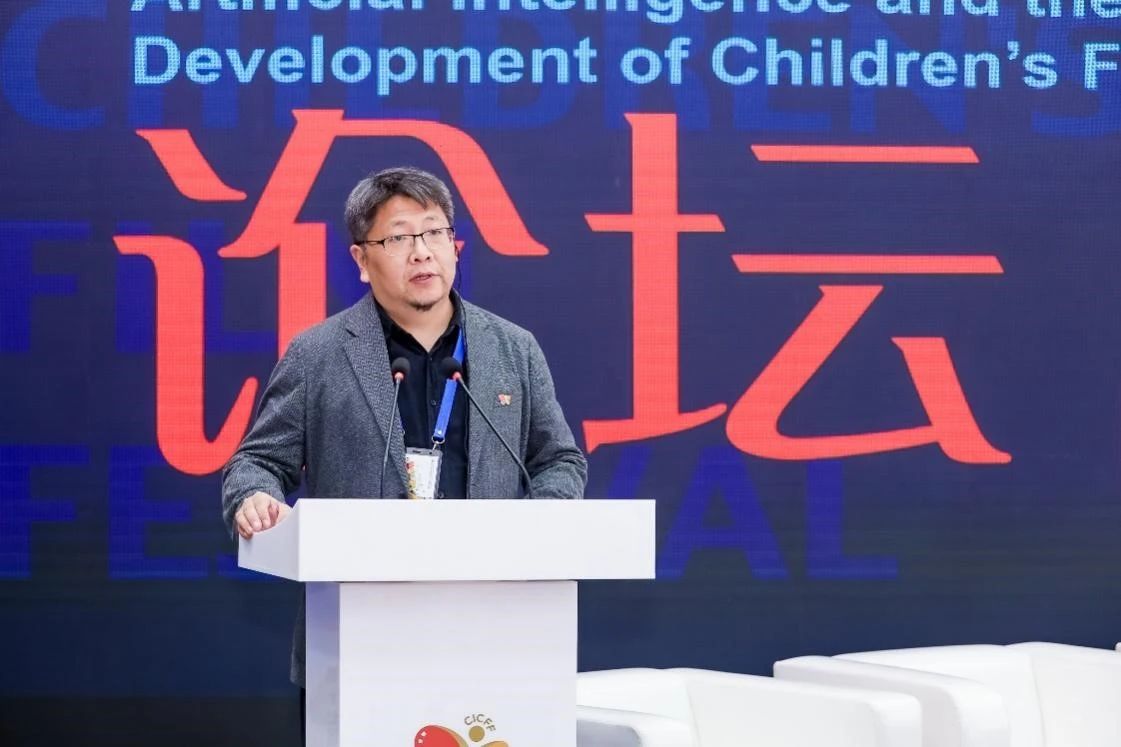
The sub-forum on the afternoon of the 22nd, themed "Innovative Development of Children's Films in the Age of Artificial Intelligence," was chaired by Li Zhen, Vice President of the China Children's Film Association and researcher at the China Film Art Research Center. Taking the current development status of artificial intelligence as the starting point, seven Chinese and international guests conducted in-depth discussions on important topics including the evolution from AI-assisted education to generative education, the opportunities and challenges confronting humanity, and the application of artificial intelligence in children's film education.
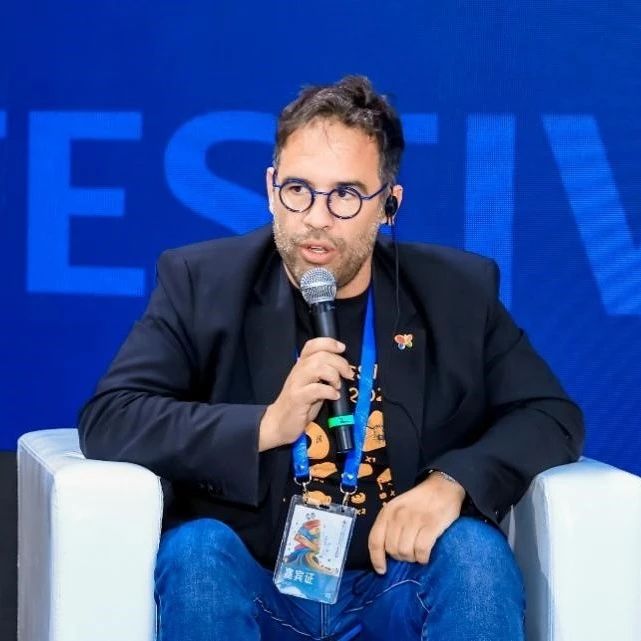
In his keynote speech on "AI and Animation: The Ubiquitous Connection", Vassilis C. Karamitsannis (Greece), President of the International Center of Films for Children and Young People (CIFEJ), commended China's rapid advancements across various AI domains, which have achieved widespread application. Over the past decade, AI's integration into animation has spurred profound transformations, with China demonstrating leadership not only in technology but also in creative innovation. However, he emphasized the imperative to deeply examine issues of AI's creative subjectivity, particularly concerning the intellectual property rights and ethical dilemmas it raises. Karamitsanis noted that while AI represents a developmental tool in human civilization, it risks fostering creative homogeneity. He thus urged nations to safeguard their unique cultural identities in response to this challenge.
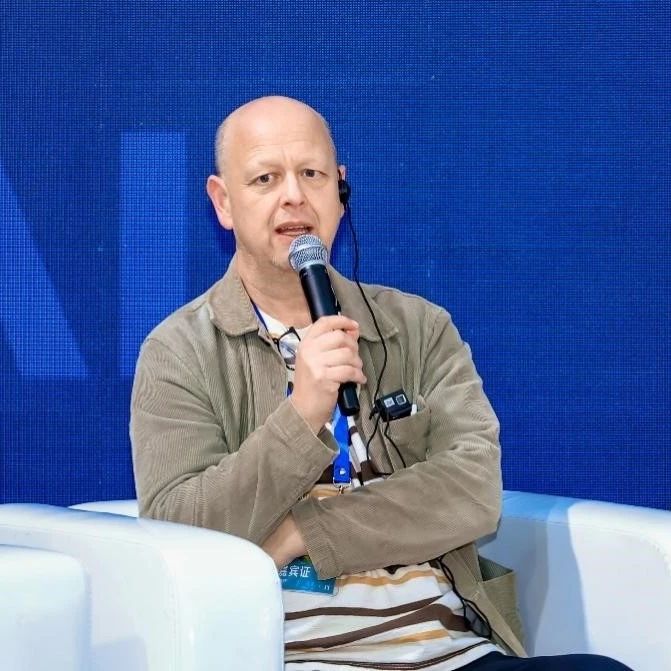
Gert Hermans (Belgium), Editor-in-Chief of the European Children's Film Association and its Content & Communications Director, delivered a keynote speech titled "Artificial Intelligence: An Infinite World for Children". He emphasized that AI signifies an era of both opportunities and challenges for children. From the perspective of AI development, Hermans advocated for a balanced stance—neither excessive pessimism nor unguarded optimism—provided we employ the technology judiciously. He noted AI's pervasive application across all film production stages today, stressing the critical importance of harmonizing creativity with technical innovation. Additionally, he raised thought-provoking concerns regarding AI's challenges to "authenticity" and its potential for excessive energy consumption.
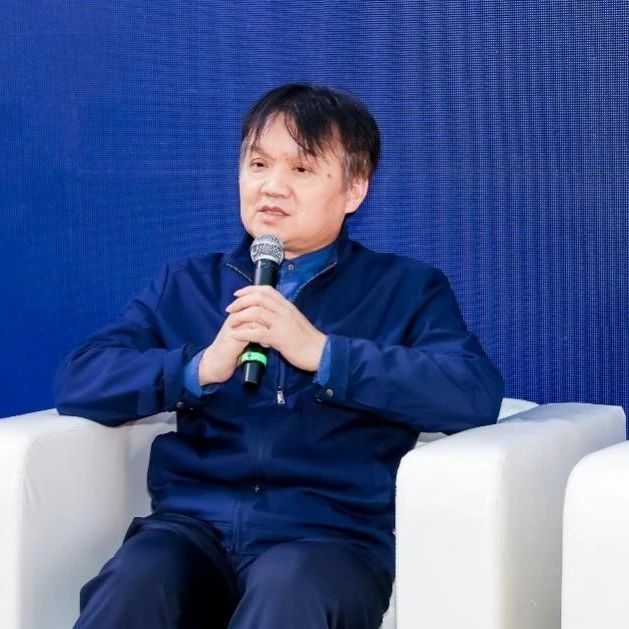
Professor Tan Xudong, a dual-appointed faculty member at the College of Liberal Arts and the College of Foreign Languages of Shanghai University, doctoral supervisor and postdoctoral co-supervisor specializing in creative writing and children's literature, discussed the innovation and development of children's film art in the era of artificial intelligence. He pointed out that the future of children's theatrical and cinematic art will evolve from thematic creation to artistic self-conscious creation. The creation of children's films should return to the essence of childhood, seek childlike innocence, and maintain a profound concern for the lives of children. He suggested conducting in-depth research from the theoretical perspectives of linguistics and narratology to construct future creative models. At the same time, it is essential to leverage new media technologies and artificial intelligence to strike a balance between children's film and television art and new media art.
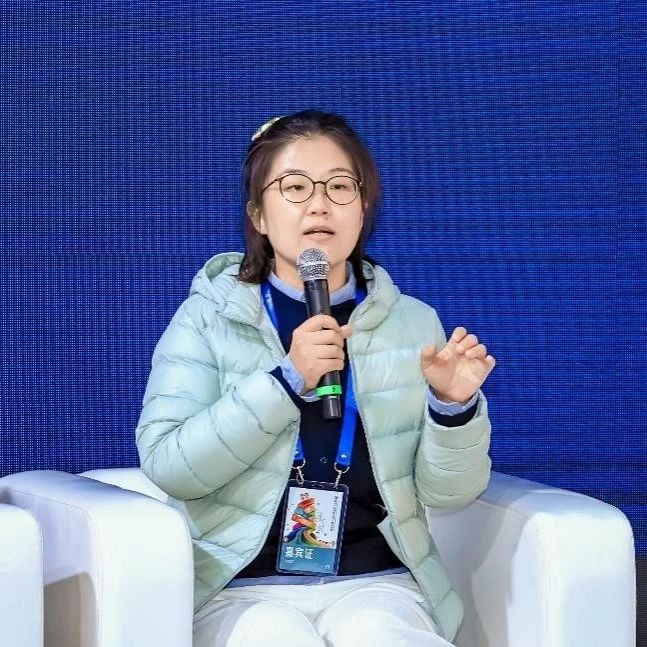
Dr. Zhao Yi, an associate professor at Xi’an Polytechnic University and a Ph.D. in Film Studies from the Communication University of China, shared her reflections on cultural subjectivity in cross-modal children’s film production. She noted that the evolution of cross-modal generation and filmmaking has undergone a transformative journey—from cross-modality to the integration of linguistics, genetic algorithms, and machine computing power, and now to the near-future era of AIGC (AI-generated content) film production. She pointed out that children aged 0–7 and 7–15, as their cognitive stages develop, will experience varying degrees of influence from AIGC in terms of both cultural recognition and the autonomous selection and cultivation of culture. While this impact can be positive, it is undeniable that potential risks and negative issues may also arise. As AIGC completes its creative transformation, key questions emerge: Can AI-generated works reliably convey traditional Chinese culture or contemporary Chinese cultural elements in children’s films? From an international perspective, will Chinese children’s films created via AIGC retain their distinct cultural subjectivity? And what kind of influence will these films exert on young audiences? These issues will remain long-term subjects of critical importance for children’s filmmakers, researchers, and industry practitioners to examine and reflect upon.

Kuaishou Research Institute researcher Nong Yaqing delivered a keynote speech titled "The Future of Image Generation: Perspectives from Keling". She noted that Keling AI has preliminarily met the demands of creators, consumers, ecosystem partners, and various social sectors for a large-scale video generation model capable of producing cinema-grade realistic visuals. Moving forward, the development and application of AI-generated content (AIGC) in short video and live streaming domains will deepen further. It is expected to achieve breakthroughs not only in content production and commercialization (such as short films and educational animations) but also demonstrate significant potential in digital-real-world integration. The interweaving of artificial intelligence and human creativity is actively reshaping the boundaries of audiovisual arts. This transformation will propel all participants toward a more intelligent and sustainable future.

Tencent AI Design Oteam leader Ren Jie delivered a keynote speech on AIGC-powered virtual creation, highlighting how AI technology has empowered the film and television industry—evolving from early-stage decision support to now enabling full-process production, with future advancements inevitably moving toward greater intelligence, personalization, and diversification. She showcased the extensive applications of AI technology while emphasizing that although AIGC can enhance efficiency and reduce costs, it cannot fully replace human creativity and imagination. In the creative process, human emotion, experience, and intuition remain irreplaceable. Thus, the collaborative model between AIGC and human creators will be the key to the future.
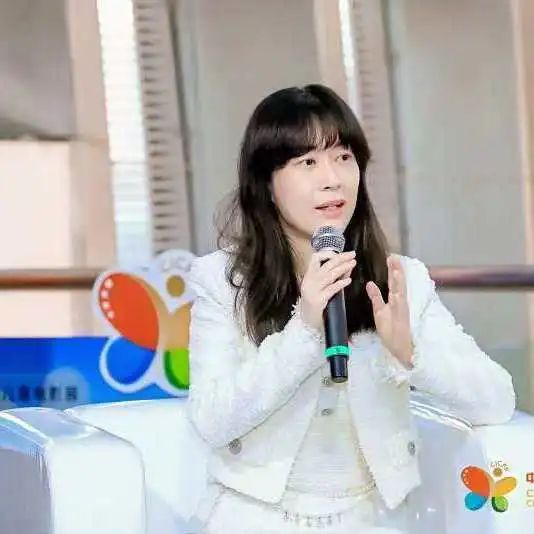
Ling Lan, director of the Children's Film Education program at China National Children's Center's National Studies Academy, emphasized how intelligent technologies are transforming children's film education. She noted these innovations have enhanced teaching content, stimulated students' creativity, and diversified teaching methods while improving learning outcomes and evaluation systems. These technological advances are crucial for expanding access to film education and promoting its international development through digital platforms and cross-cultural exchanges.
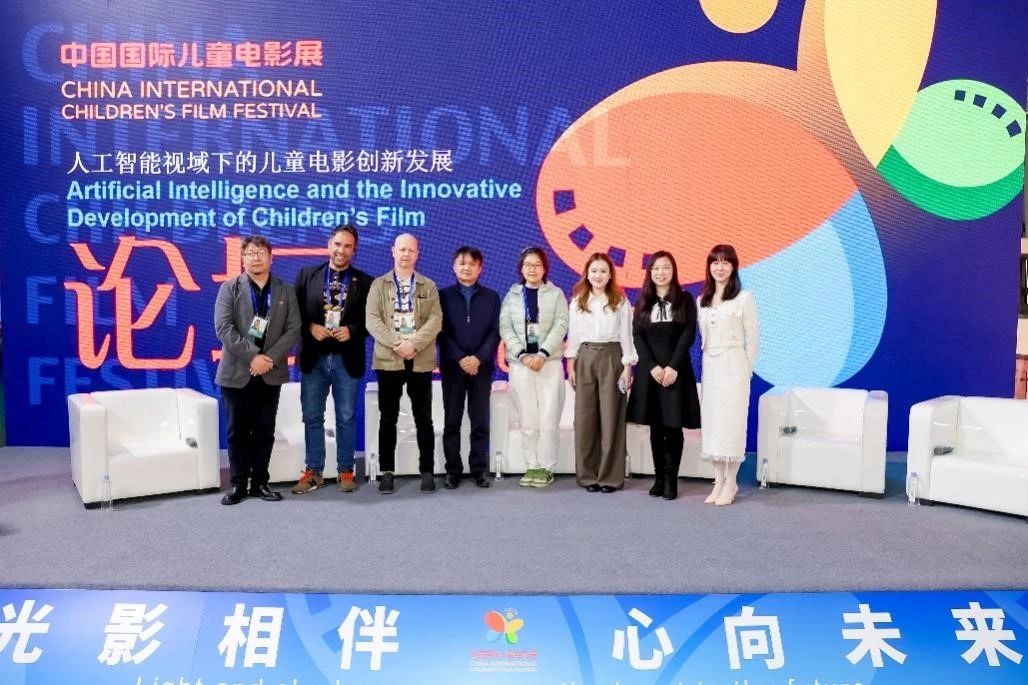
The seven panelists then engaged in in-depth discussions with the audience. Li Zhen concluded by stating that today's seven guests - hailing from different countries, professions, and cultural backgrounds - had provided multi-dimensional perspectives on the innovative development of children's films from the perspective of artificial intelligence. Many experts raised important questions regarding AI's impact on subjectivity, authenticity, and innovation, while expressing optimism about its future applications. Artificial intelligence won't allow humanity to "lie flat"; rather, it demands continuous learning to grasp the essence of innovation and the value of human nature. As the first-ever discussion in Chinese history addressing both children's films and artificial intelligence, this event is destined to be recorded in the annals. The deep integration of AI across all industries represents a crucial direction for developing new quality productive forces, making this an undoubtedly vital research subject for children's cinema as well.
Forum III:Children's Films and Safety Education
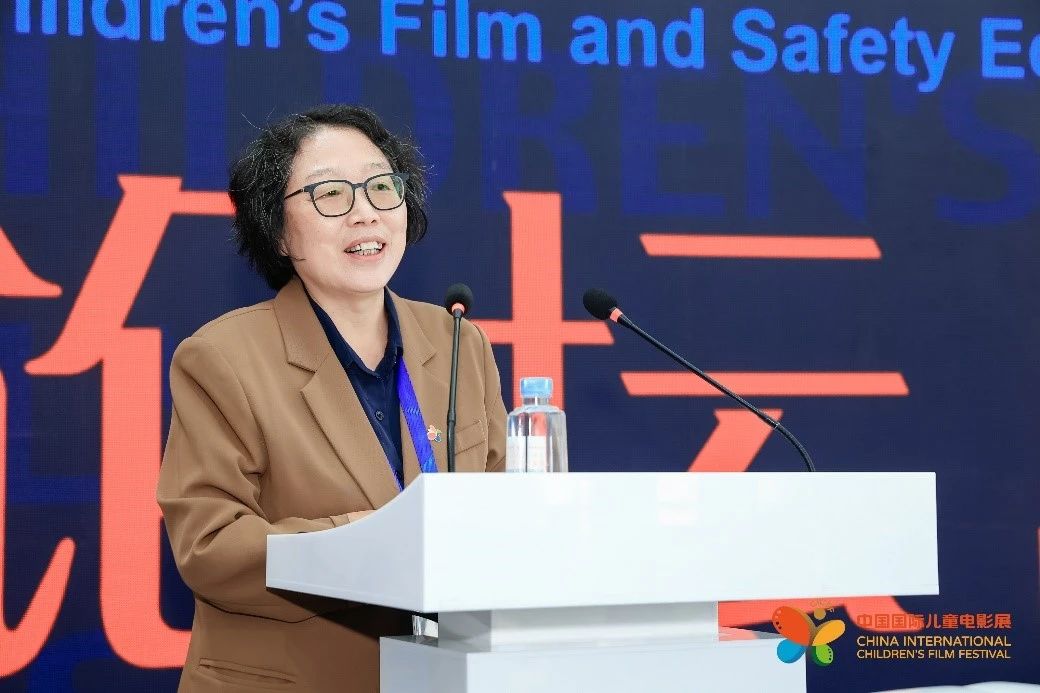
The afternoon sub-forum on the 23rd, themed "Children's Films and Safety Education," was chaired by Yang Aijun, Dean of the School of Music and Film at Tianjin Normal University and Vice Chairperson of the Tianjin Filmmakers Association. She emphasized that safety education, particularly for children, represents an enduring imperative. This film festival forum's focus on children's cinema and safety education carries groundbreaking significance. With their vivid, engaging and entertaining qualities, children's films possess unique advantages in subtly conveying safety education to young audiences.
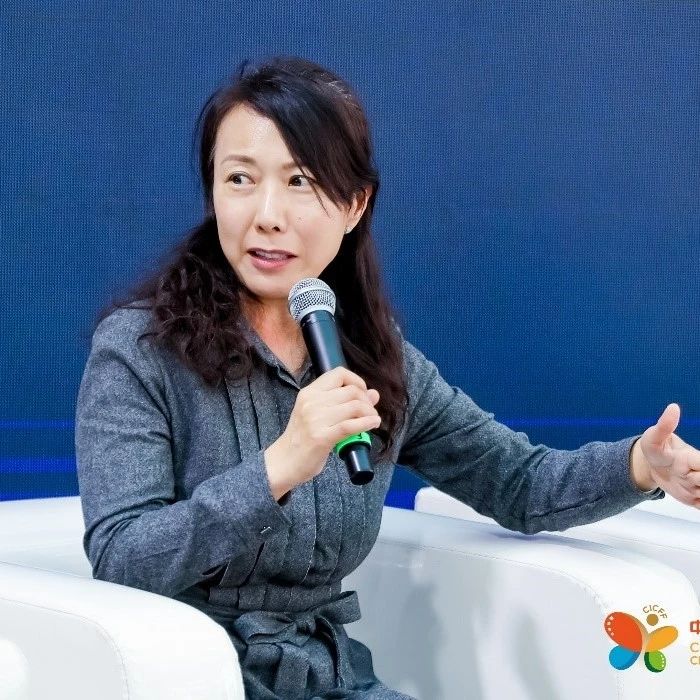
Li Xuewu, Vice Chairperson of the Guangdong Filmmakers Association and professor at School of Arts/Pearl River Film Academy of Jinan University, delivered a keynote speech on film and child safety education under the guidance of the "New Curriculum Standards". She explored the intrinsic connection between cinema and child safety education within this framework, emphasizing that the updated standards should prioritize contextualizing safety knowledge to enhance children's comprehension. Professor Li highlighted how cinematic techniques can create artistic representations, demonstrate aesthetic value, and cultivate visual thinking capacities. "As an artistic medium, film plays a distinctive role in child safety education," she noted. "Through vivid imagery and narrative storytelling, it enables children to better grasp essential safety concepts."

Zhang Yuanpu, Deputy Director of Science Popularization Department, Publicity and Education Center of the Ministry of Emergency Management, delivered a presentation titled "Sowing Seeds of Safety, Guarding the Nation's Future." Through three key figures - "991, 973, 982" - she visually demonstrated the Ministry's practical experience in safety awareness campaigns. Proposing that "children are both active practitioners and supervisors of safety education," Zhang emphasized how children's films can serve as effective vehicles for disseminating safety knowledge.

Huang Jianzhong, a National First-Class Director, screenwriter and artistic advisor, graced the event with his presence, adding critical artistic perspectives to the forum based on creative principles. Addressing the theme of "Psychological Safety in Children's Films," Director Huang drew from his early experience as a script supervisor for Little Soldier Zhang Ga to deliver an impassioned insight: "To create quality children's films, one must truly immerse oneself in children's world and genuinely understand their psyche." As Chair of the International Selection Committee for this children's film festival, after reviewing all 35 festival entries, Huang emphasized that filmmakers must cultivate two essential capacities: comprehending children's inner worlds and awakening society's care for childhood.
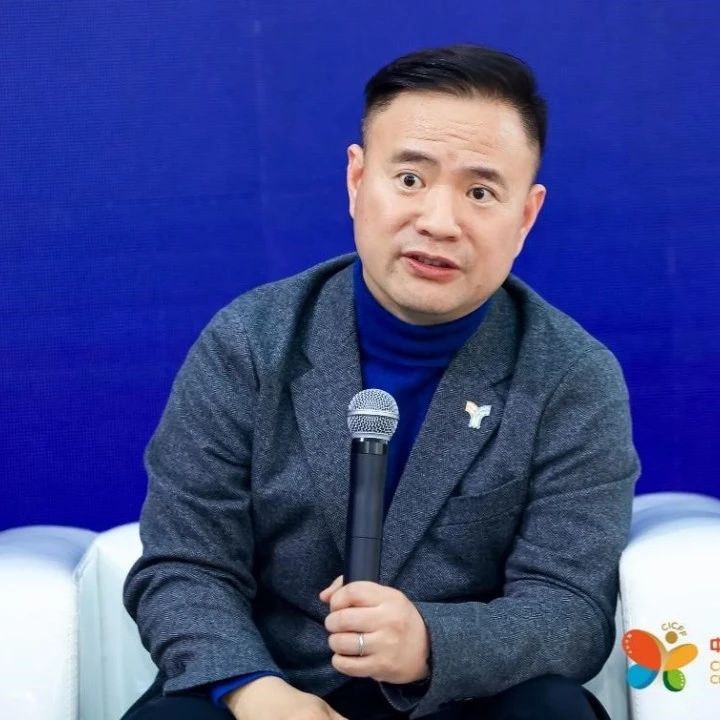
Zhang Qiang, Director of the Center for Risk Governance Innovation at Beijing Normal University, proposed the concept of "using films to enhance youth safety education for building sustainable and resilient communities." He stated, "Children's films can not only teach safety knowledge but also develop children's risk awareness and response capabilities." Given the rapid changes in the world, he stressed the need for continuous innovation by utilizing tools like films to implement child safety education.

Mainland Chinese producer Xu Qianya focused on deciphering the growth codes embedded in cinematic storytelling, exploring the unique value and enlightenment of children's films in safety education. Drawing from her production experience in Georgia, she shared how children's films play a distinctive role in safety awareness, "What we strive to achieve is to ignite the warmest sunlight within every heart through quality children's cinema, illuminating childhood."

Zhang Ji, Deputy Secretary-General of the Community Safety Committee at China Society of Emergency Management, presented the groundbreaking "100 Schools, 100 Plays" safety education initiative pioneered by Haidian District Education Commission. This innovative program, along with its derivative films, television content, and curriculum materials, represents China's first comprehensive approach to student safety education. He elaborated on the project's implementation process and achievements, noting: "Films teach us to dream, while safety safeguards every step toward those dreams."
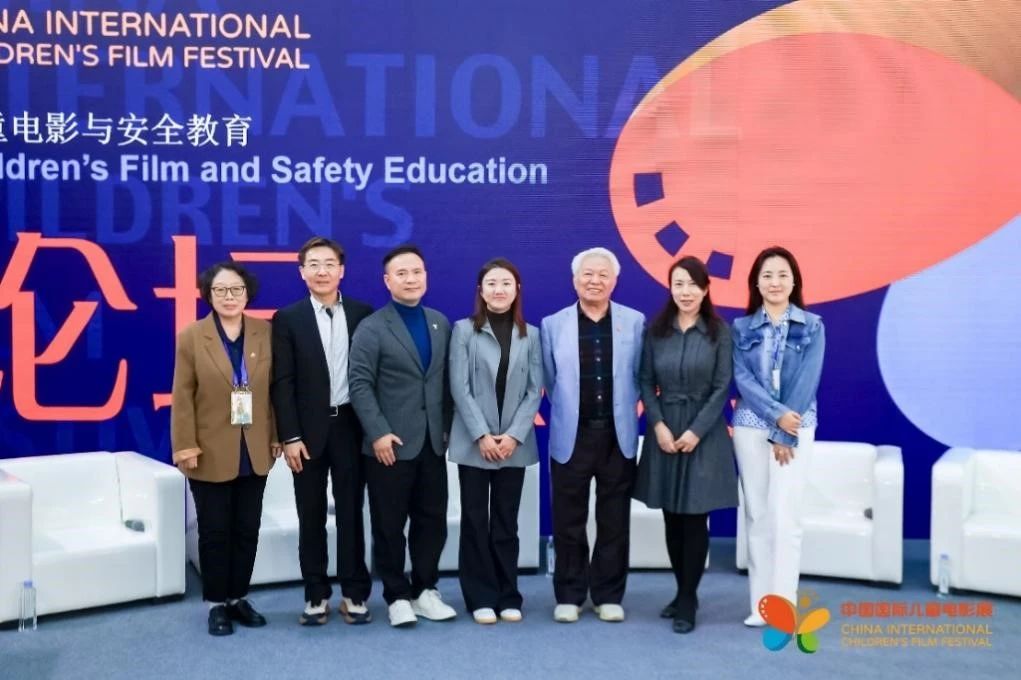
During the ensuing 30-minute interactive session, the venue buzzed with energy as attendees actively posed questions and panelists provided thoughtful responses, generating vibrant intellectual exchanges. In closing, moderator Yang Aijun issued a compelling call to action: "We must cultivate proper safety awareness and dedicate ourselves to advancing children's education." The conclusion saw all attendees raising their smartphones to scan the QR code, digitally accessing the Children's Film and Safety Education Initiative for online reading and solemn signing.
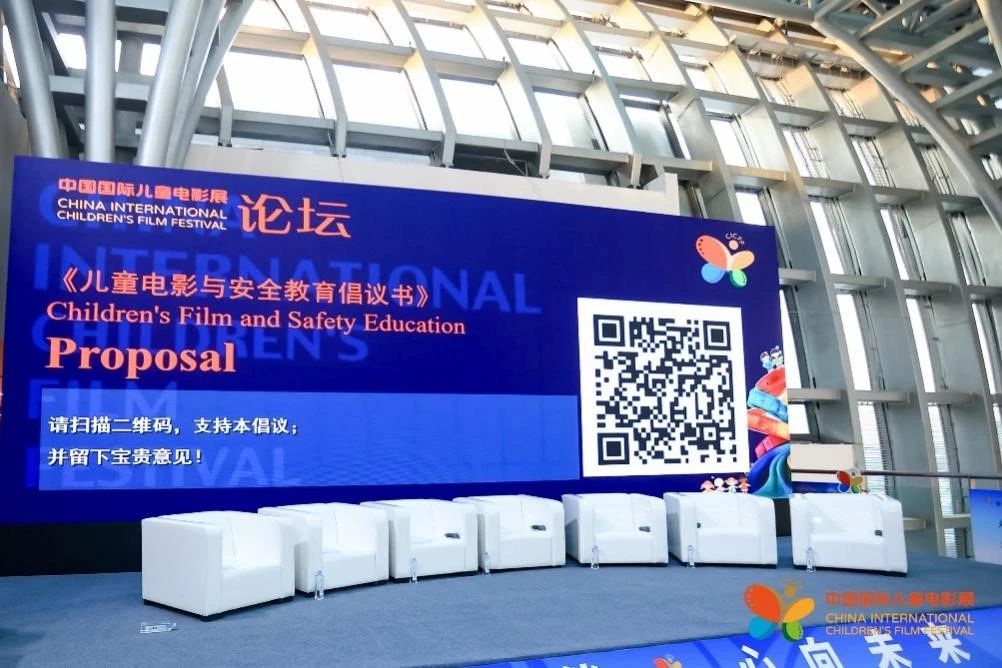
The two-day forum concluded successfully, having served as a vital platform for integrating "new quality productive forces" with children's film education. A series of brilliant keynote speeches delivered by industry experts and scholars showcased their latest research findings, practical insights, and innovative thinking in children's media—sparking dynamic exchanges that generated numerous breakthroughs. These contributions have paved new pathways for future children's film initiatives. As Huang Jun, President of the China Children's Film Association, stated in his opening address: "We firmly believe these outcomes will enrich the theoretical and practical foundations for China's children's cinema in its second century." The forum's achievements are poised for extensive application and promotion, promising to strengthen safeguards for youth development.
